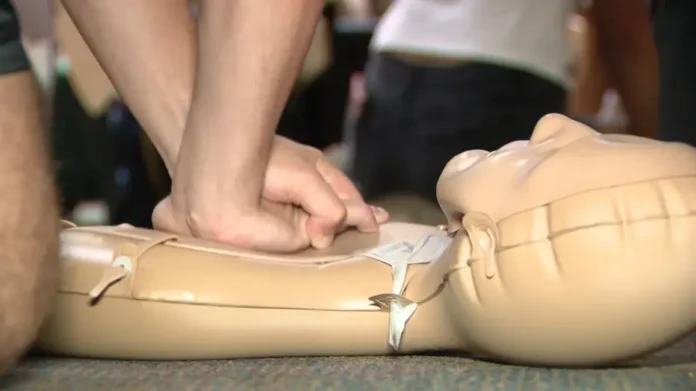Knowledge is a powerful tool that can shape the course of human life. It empowers individuals to overcome challenges, make informed decisions, and adapt to various situations. In critical moments, knowledge can be the difference between life and death. One such vital knowledge that can save lives is Cardiopulmonary Resuscitation (CPR). CPR is a life-saving technique used in emergencies to revive a person who has experienced cardiac arrest. In this blog post, we will explore its significance and how it can make a difference when seconds matter the most.
What is CPR?
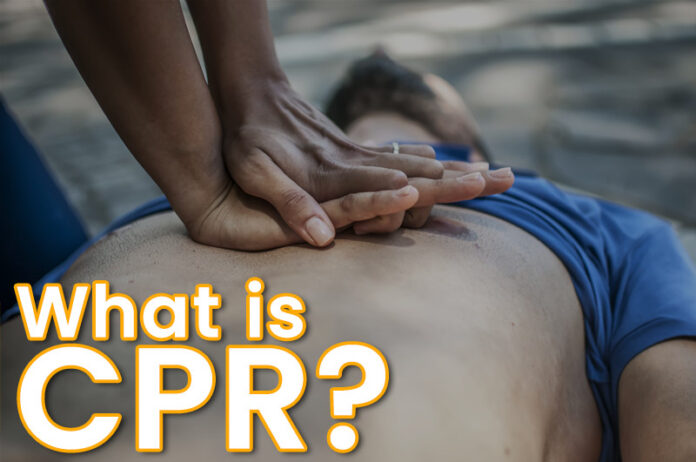
Cardiopulmonary Resuscitation, commonly known as CPR, is a life-saving technique that involves chest compressions and rescue breaths. Its primary goal is to maintain blood flow and oxygenation to vital organs when a person’s heart has stopped beating or is beating irregularly. The roots of Cardiopulmonary Resuscitation can be traced back to the ancient civilizations of Egypt and Rome, but it was not until the 1960s that modern techniques were developed. Today, it has evolved into a standardized procedure used worldwide in emergency situations, such as cardiac arrests, drowning, or choking incidents.
The Importance of Learning
The impact of CPR on survival rates cannot be overstated. According to the American Heart Association (AHA), immediate CPR can double or even triple the chances of survival for a person in cardiac arrest. The “Chain of Survival” concept emphasizes the crucial steps to be taken during an emergency, with it being a pivotal link in this chain. Real-life stories abound where individuals with CPR training have stepped up to save lives, turning ordinary people into heroes.
Training and Certification
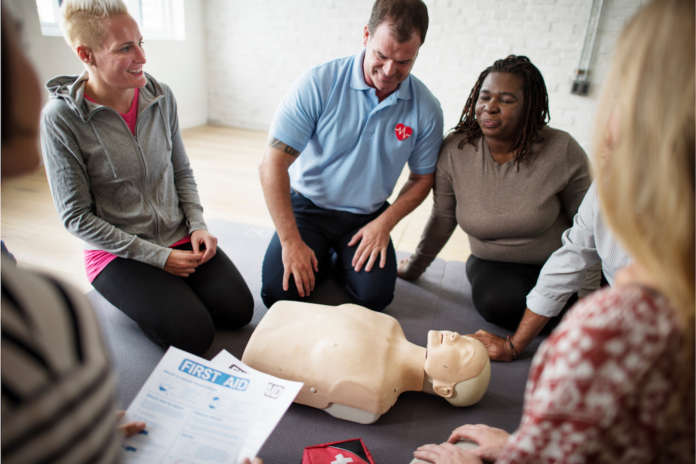
Getting CPR training and certification is relatively straightforward. Courses are available through various reputable organizations, such as the American Red Cross and the American Heart Association. Different types of certifications are offered, ranging from basic CPR to more advanced levels like Basic Life Support (BLS) and Advanced Cardiac Life Support (ACLS). This training equips individuals with the knowledge and practical skills necessary to act confidently and effectively during an emergency. For real and quality training and certification please visit https://cprcertificationnow.com/products/cpr-first-aid-certification.
Building Confidence in Responding to Emergencies
Many people hesitate to learn CPR due to fears of making mistakes or causing harm to the victim. However, the benefits of being prepared to respond to emergencies far outweigh the risks. Learning these techniques builds confidence and empowers individuals to take immediate action when confronted with life-threatening situations. Overcoming reluctance can be achieved through awareness of the life-saving potential of CPR and understanding that doing something is better than doing nothing.
Understanding the Steps of Cardiopulmonary Resuscitation

CPR consists of a sequence of steps that should be followed in the event of an emergency. The steps involve checking for responsiveness, calling for help, performing chest compressions, and providing rescue breaths. Proper technique is essential, as incorrect execution can lead to suboptimal outcomes. Visual aids and infographics can aid in better understanding the process, ensuring that individuals are well-prepared to perform it when necessary.
The Role of AEDs (Automated External Defibrillators)
Automated External Defibrillators (AEDs) are devices that deliver electrical shocks to the heart to restore its normal rhythm during cardiac arrest. They complement CPR efforts by increasing the chances of successful resuscitation. AED training is valuable in understanding how to use these devices effectively and where they can be found in public spaces. Success stories abound where AEDs have been instrumental in saving lives, underscoring their importance in emergency response.
Making CPR Training Accessible
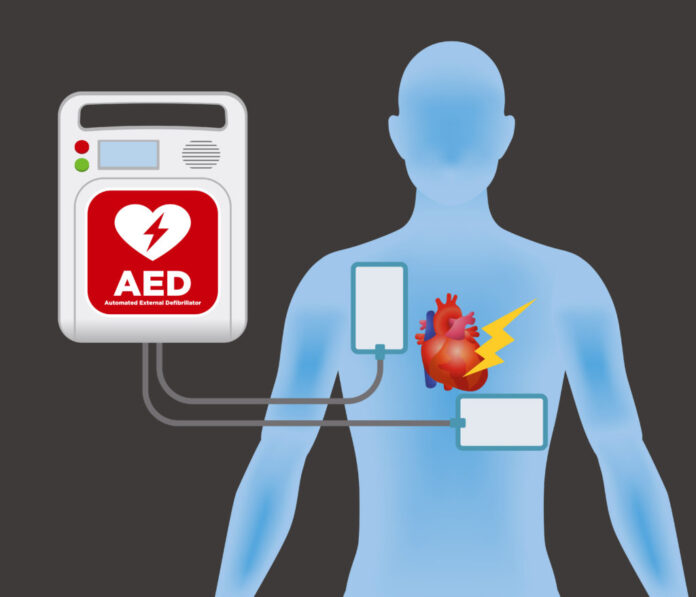
CPR training should be widely accessible to increase the number of people who are prepared to respond to emergencies. Training courses are available in various settings, such as schools, workplaces, and community centers. In recent years, online Cardiopulmonary Resuscitation courses have gained popularity, offering flexibility and reaching a broader audience. Additionally, potential financial assistance or incentives can encourage individuals to seek CPR training, ensuring that cost is not a barrier to acquiring this life-saving knowledge.
Encouraging CPR Training in Schools
Integrating CPR education into school curriculums can have a far-reaching impact. Teaching CPR to young individuals ensures that future generations are equipped with essential life-saving skills from an early age. They become more than just passive bystanders during emergencies, potentially transforming entire communities into prepared and responsive ones. Successful examples of schools with Cardiopulmonary Resuscitation training programs serve as beacons of hope and inspiration for other educational institutions to follow suit.
The Ripple Effect of CPR Training
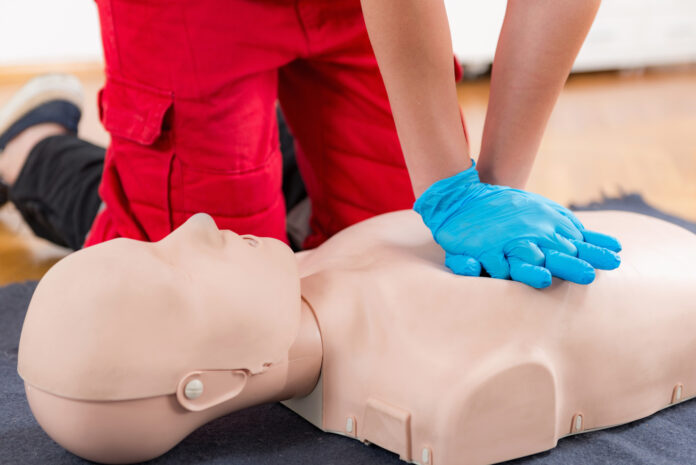
CPR training has a ripple effect that extends beyond the individual learner. As people become certified, they share what they have learned with their family, friends, and colleagues, increasing the overall preparedness of their communities. In some cases, the act of saving a life through CPR inspires others to seek training as well, creating a network of individuals ready to respond during emergencies. This ripple effect amplifies the positive impact of CPR education on a larger scale.
Ongoing Education and Refresher Courses
Regularly updating CPR skills through refresher courses is crucial to maintaining competency. Cardiopulmonary Resuscitation guidelines and techniques may evolve over time, and staying informed ensures that individuals are using the most effective and evidence-based methods. Information on how often Cardiopulmonary Resuscitation training should be renewed, as well as resources for finding and attending refresher courses, can contribute to a more prepared and confident community of CPR-certified individuals.
Conclusion

The power of knowledge in saving lives cannot be understated, and CPR training exemplifies this truth. Equipping oneself with the skill to perform CPR can make a significant difference in emergency situations, turning ordinary people into heroes. We encourage every reader to take action and get Cardiopulmonary Resuscitation certified.
By spreading awareness and advocating for the integration of Cardiopulmonary Resuscitation education in schools and workplaces, we can create a society that is better prepared to respond to emergencies and save lives. Let us join hands and be part of the movement that values knowledge, compassion, and the power to make a difference in the world. Together, we can build a safer and more resilient future for all.
